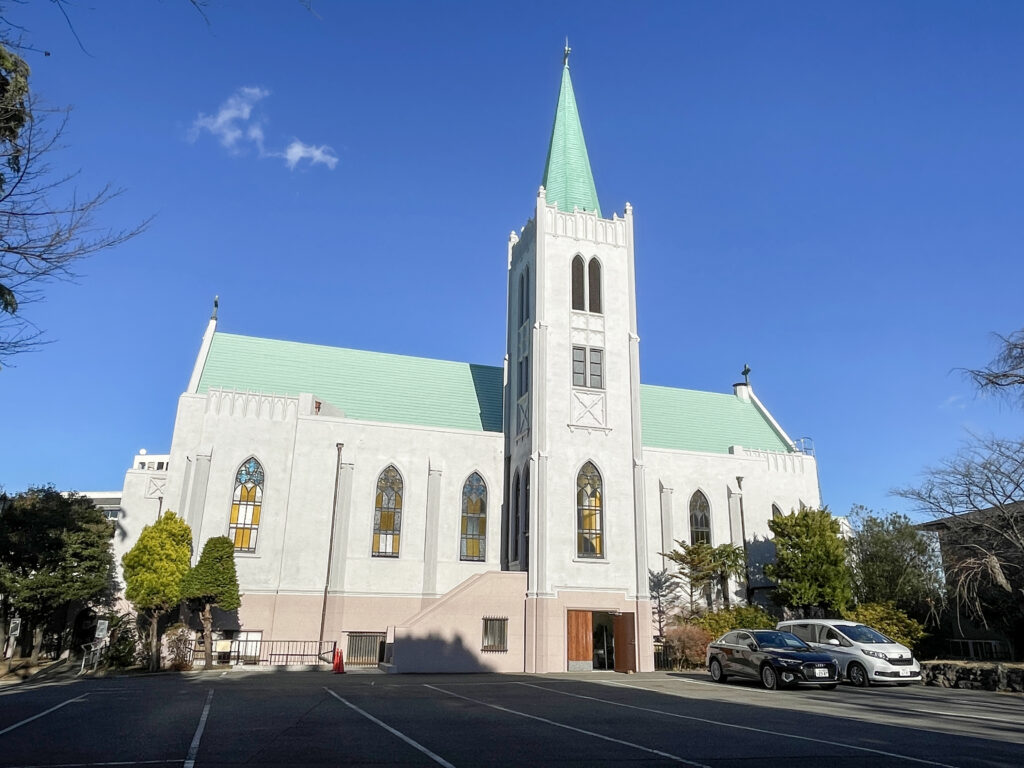Jan Josef Švagr (1885-1969) was a prolific Czech architect who contributed many important buildings to Yokohama and across Japan between 1923 and 1941. Like his compatriot and business partner Antonín Raymond, Švagr was based in Yokohama but made a nationwide impact. During a flurry of projects between 1932 and 1936, he designed Tokyo landmarks such as the Canadian Embassy in Aoyama, the majestic chapel of St. Luke’s International Hospital in Tsukiji, and Sacred Heart Girls’ School in Shirogane. His commissions spanned a wide range of religious architecture, from a Catholic church in Osaka to a Muslim mosque in Kobe, from the residence of the Bishop of Fukuoka, to a Trappist monastery in Hokkaidō.
Švagr transformed Yokohama’s cityscape during the post-earthquake reconstruction. He built offices and warehouses for petroleum importers like Rising Sun Petroleum and Standard Oil, while also showing his versatility in designs for the campuses of Kōran School (now Futaba Gakuen) and Saint Joseph College, both in Yamate-chō. Sadly, all fell victim to aerial bombing in 1945. His modernist 1938 Helm House Apartments in the heart of downtown survived the war but not recent re-development: the building was replaced in 2011 by Kanagawa Arts Theatre (KAAT).
Švagr’s most recognizable creation in Yokohama is Sacred Heart Church (1933), the Roman Catholic cathedral in Yamate-chō with its soaring Gothic spire visible from afar. Hodogaya Catholic Church (1938), also atop a steep hill, is another of his surviving buildings. His one remaining private residence, the 1937 Tudor-style Bernard House in Honmoku-Motomachi, is now a studio and photo gallery.


